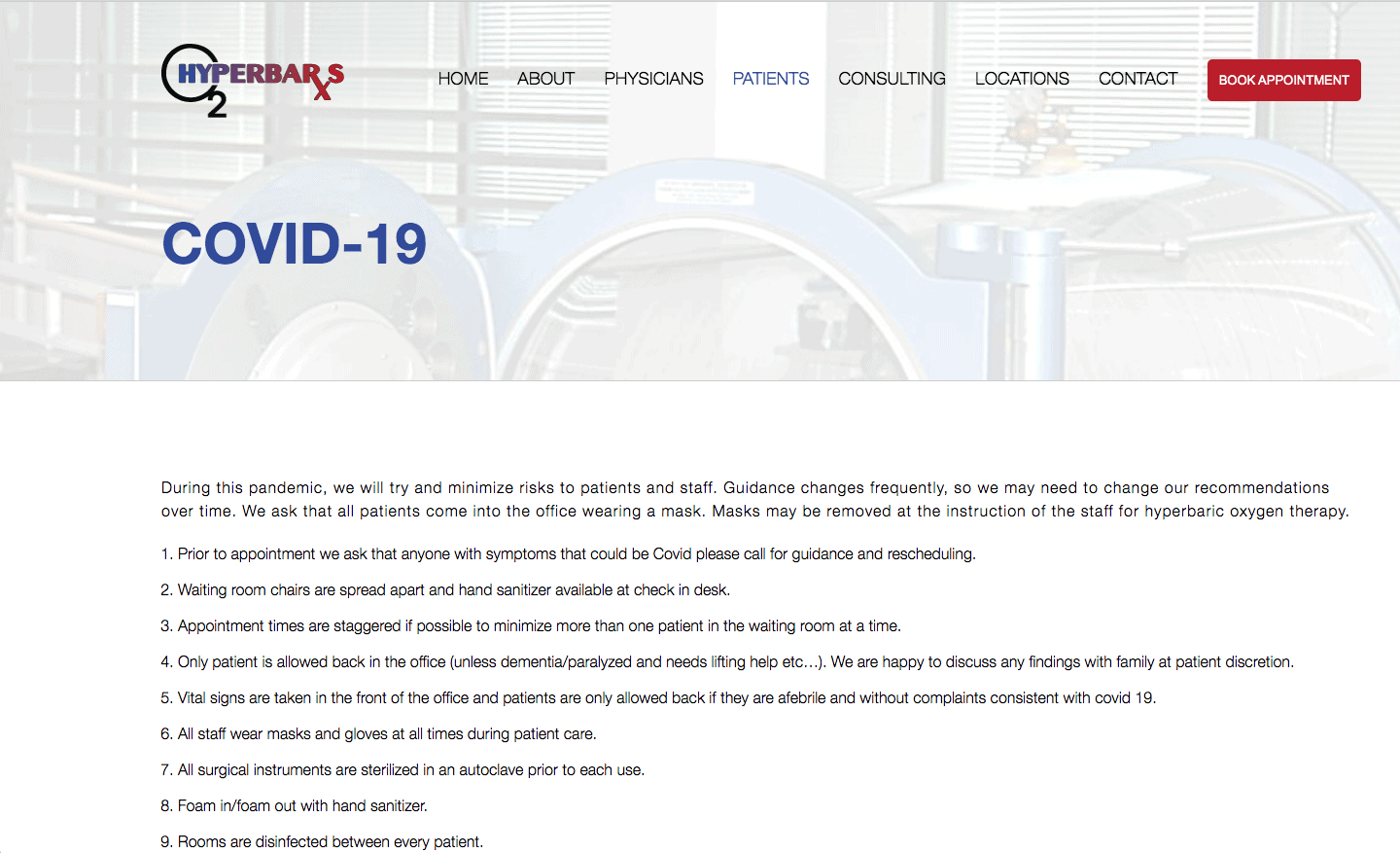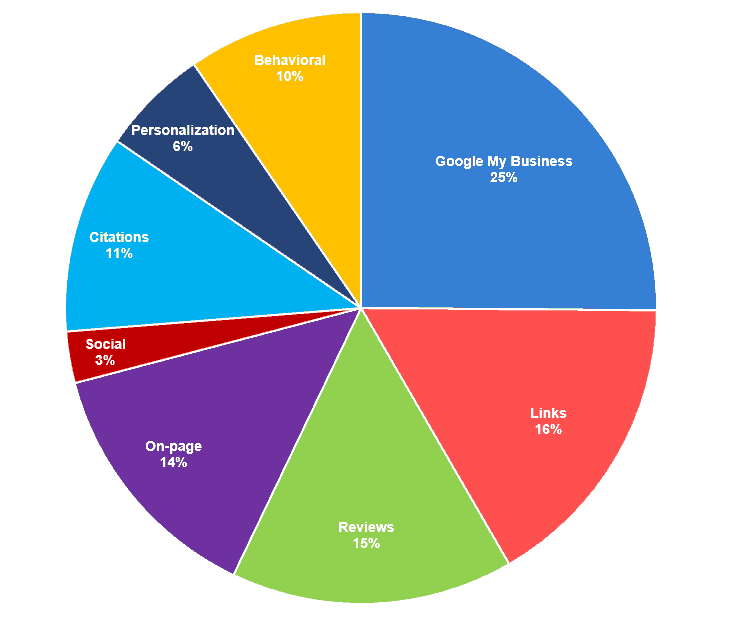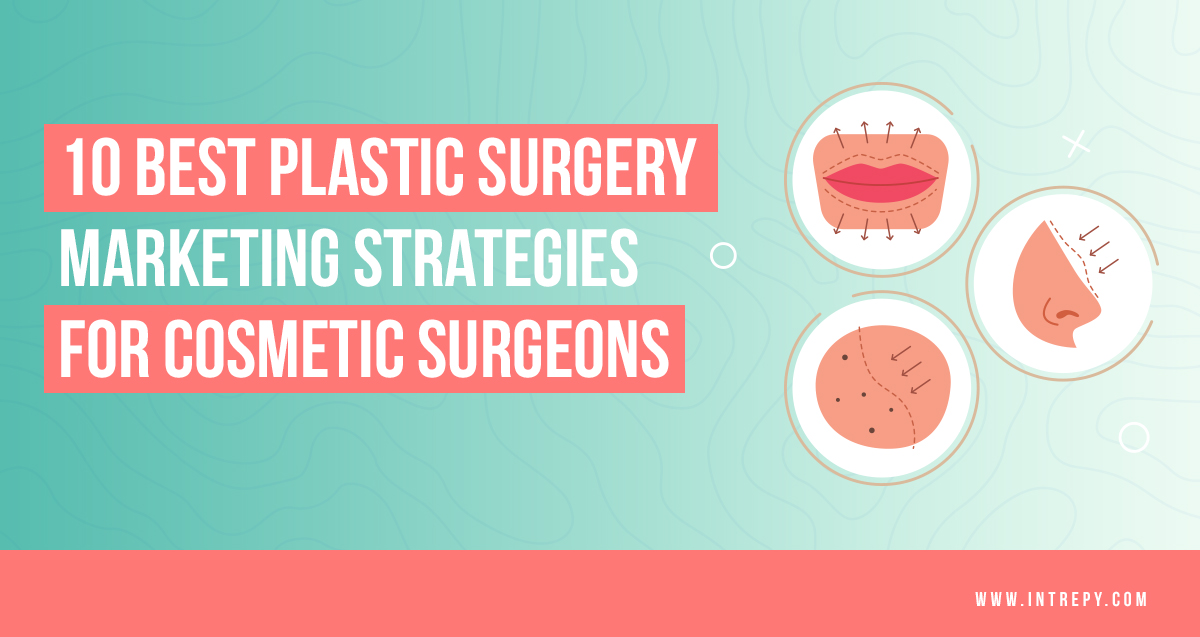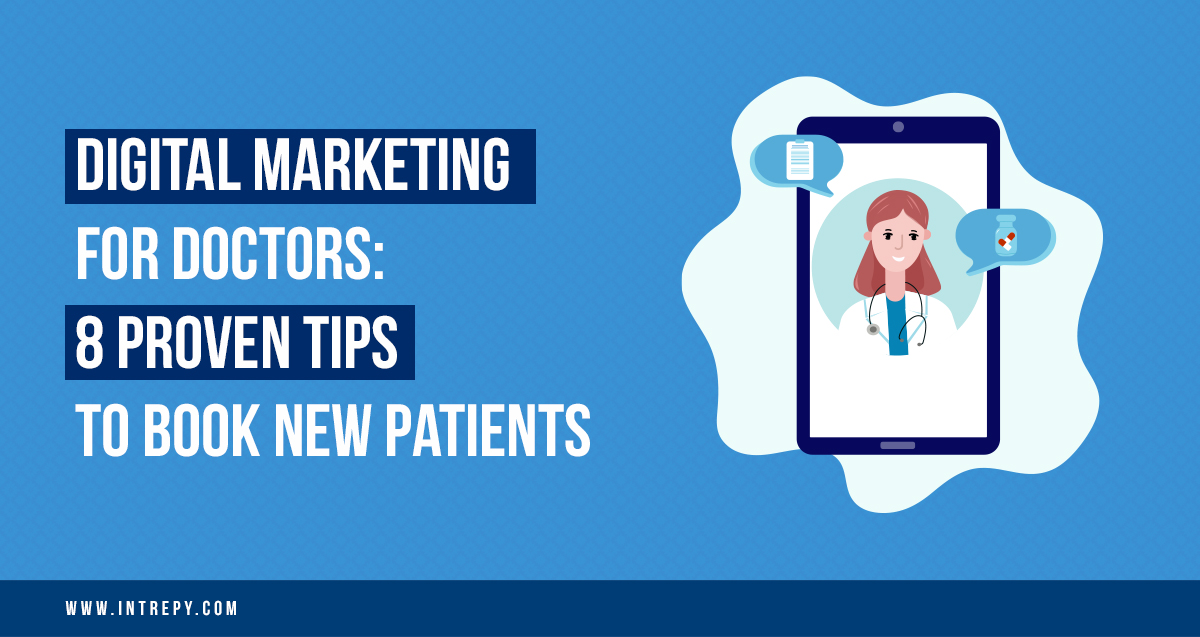Medical Practice Marketing Tips to Reach New Patients in 2022
Practice marketing has evolved to a more digital landscape over the last 3-5 years are patients have become more involved in their own health journey.
This rings even truer during a crisis like COVID as patients are now forced to turn to digital avenues like telehealth and online content for their care.
Unfortunately, many practices have struggled to make the transition and become better digitally integrated to improve patient adoption to digital technologies.
This has cause practices to keep their “virtual” doors closed for longer and miss out on much need patient care and revenues.
However, it is not only possible to grow and reach new and existing patients through effective medical practice marketing but it should shine a light on the importance, moving forward, of growing an engaged online community of patients.
In this article, we are going to look at some medical practice marketing tips that you should be looking at to reach new patients as we move into a “new normal” over the remainder of 2020 and beyond.
1) Evaluate and Adjust Marketing Campaigns
The first thing to do is to evaluate your current medical practice marketing plan. During these sensitive times, it’s crucial that your medical marketing and messaging be helpful and focused, rather than self-promotional. The medical industry prides itself on trust, so it wouldn’t be responsible to turn a blind eye to the pandemic in favor of self-promotion.
The first thing you need to do is to re-examine your content marketing. Comb through your current content and decide if you need to re-write current content to be more responsive or sensitive to the pandemic.
For example, let’s say your practice specializes in elective surgeries but has suspended them during this time. You can incorporate relevant content that alerts potential patients of the changes in service. You can also directly link them to the Centers for Disease Control website for further information on the pandemic, even if you don’t have additional information.
We will get into more in-depth on it later but you also need to make sure there are ample amounts of content on how your practice is handling COVID and patient safety.
In this regard, it is better to over-communicate through content marketing across an omnichannel approach on your website, social media, video, email, etc.
Check out this hyperbaric medicine facility that is a client that we developed a COVID-19 landing page and pop up on their website so patients can easily locate more information on how they are handling the crisis.
2) Introduce Over-the-Phone or Video Chat Medical Services
Telemedicine can be beneficial for keeping existing patients and acquiring new ones for practices closed to in-person visits. Talking with patients over the phone or a video chat allows your practice to continue patient care even when the physical office is closed.
In turn, your patients feel cared for during a very confusing and stressful time.
You can advertise these new video chat services to your patients (and potential new ones) via several methods:
- Create a prominent banner or pop-up announcement on your website
- Email current and potential patients
- Promote your new service on social media
- Add the information to your site’s landing and contact pages.
If you use over-the-phone or video chat medical services, your practice can adhere to CDC guidelines and address your patients’ health concerns. Remember to communicate with your patients through your website and other digital channels to keep your patients well-informed of this new feature.
Fortunately, many of these mediums of video and chat communication are reimbursable by insurance so it is a great way to continue to bring in revenue in a digital setting.
3) Update Your Practice’s Website
Your practice website is arguable your most important medical practice marketing asset.
The first thing you need to do is make sure that your website is communicating easily and clearly the things that matter most to patients.
- Are you open and seeing patients?
- How do patients book appointments right now? Online? Over the phone?
- If I book via telehealth, how do I get into the telehealth visit?
- What are you doing to follow safety measures if you are physically open?
Resources
One of the best things you can do is create a page exclusively dedicated to resources. Patients and other site visitors will find solace in having a list of local and national resources they can use for information. This resource page can contain a short introduction and a list of resources, such as:
- A direct link to the CDC’s website
- Coronavirus FAQs
- Insurance policies
- Sanitation guidelines
Update Practice Info & Office Hours on Listings
You also need to update your office hours if they have changed due to COVID-19. Make sure you post your changes on your website as well as local listings and all other channels (Yelp, Google, etc.).
Google My Business has added some additional point of care fields that you need to make sure are completely filled out including “COVID-19 Info Link” and “Virtual care link” for specific info pages you have on your website.
The more of these features that you fill and complete on listings like Google My Business the better you are going to rank in local SEO and the more patients will being able to find helpful information to book with you.
4) Leverage Email Marketing to Improve Patient Communication
If you’re not already doing email marketing, now is an opportune time to start. Email marketing is one of the most effective digital marketing strategies to get new and existing patients to visit back in the practice (in person and virtually).
People have been at home due to stay-at-home orders and are consuming information through digital channels, including email. News and updates on COVID-19 are happening quickly; the best way to stay connected with your patients is through email marketing.
Along with updates on your operations, you can send helpful information on COVID-19 from reputable sources. These updates can show your patients that you’re there for them while keeping your practice in their minds.
They will trust you as a valuable resource not only for healthcare but for information as well.
Investing in growing your practice email list will prove invaluable over the coming months and years.
A few of the best ways to do so is by offering downloadable resources, free webinars, and exclusive content.
Patients eat up provider level content and are happy to give away their email address in exchange for relevant, value-add resources to make them happier and healthier.
5) Share Info and Updates on Social Media
Have you been investing in social media as part of your medical practice marketing strategy?
If not, you may have missed out on a big line of communication and engagement after the physical doors of your practice closed.
During the stay-at-home orders, more and more people are browsing through social media to get updates on the COVID-19 situation.
This is a perfect opportunity to begin to invest in a content and storytelling program to develop videos and blog posts about what you do, how you help patients and interesting FAQs surrounding your specialty or practice type.
In order to found out what platforms or content medium would be the most effective, start by evaluating your existing patient base.
This will tell you if Facebook, Instagram, TikTok, Youtube, or LinkedIn would be the best avenues.
Generally, consistent video content is always a winner with your target audience if you can get into a rhythm of producing high-quality videos 2-3 times per week and post it on social media.
Struggling with content ideas? Start with the low handing fruit by asking yourself what are the common FAQs that patients ask me on a monthly basis?
Start there and I bet you can come up with months worth of video ideas.
The best thing is? You know patients are asking those questions.
6) Utilize Local Search Engine Optimization
During and after the pandemic, you’ll need to rely on growing local organic search for your inbound marketing strategy.
It is an investment well worth making as it puts you more in the driver’s seat for attracting new patients versus relying on the costs of advertising to keep leads flowing in.
The chart above gives you a peek into what Google’s algorithm deems most important in terms of ranking well in local search over your competitors.
One of the most important factors in addressing on-page website optimization.
On-page SEO refers to the structures of the pages on your website to ensure they are following Google’s best practices.
That includes your title tag, URL, H tags, body copy, website speed, on-page time, and several other factors.
We generally start with auditing the existing pages on a new client’s website to identify areas of improvement and running an audit on the top 5 competitors to find out what is driving the more organic traffic to their website.
That allows us to utilize data to determine what needs to be done versus guessing what patients are searching for to find your services.
Want more tips? Here are 7 of the top on-page medical SEO strategies you need to keep in mind.
7) Get started with Video Marketing
Video is one of the most powerful mediums and medical practice marketing tools you can leverage.
It is the preferred way patients want to consume information and it helps to establish a know, like, and trust relationship with potential patients before they ever walk through the practice doors.
Getting involved as a provider in the video content creation of the practice is critical to the overall success of the program.
Patients want to hear from the point of care providers talking about their knowledge and expertise as it relates to their health and wellness.
Make sure you are not only postings these videos on your website and social media but getting them up on Youtube and properly optimizing them for Youtube SEO.
This will ensure you get the biggest reach out of each video and go back in and insert them into related blog post articles.
That not only increases on-page time for each blog post as patients watch the videos while they read, but it also increases the number of video views.
A win-win scenario.
Not sure where to start with Youtube SEO? Check out this video with the top tips.
8) Know Your Responsibility
The most crucial point is to remember your responsibility as a medical practice during a global pandemic.
Prioritize everyone’s health and safety and avoid instilling fear in people or adding to the information clutter.
You can build your practice’s credibility by providing truthful, relevant information, and reinforcing your position as a trusted authority in your specialty.
You also need to remember to have empathy when marketing and communicating with patients.
In this sensitive time, people are looking to healthcare organizations for assurance. Remember to keep your tone delicate, positive, and empathetic. Take care with the language you use because everyone is dealing with the pandemic differently.
Wrapping Up Practice Marketing Strategies
As we continue to navigate the waters of a new normal that COVID has created it is important to continue to look to digital strategies and software that your practice can leverage to connect and grow your patient population.
Telehealth tools are only a portion of the fix. What good are tools if patients don’t know how to find them, leverage them, or connect with you on them?
If COVID has taught us one thing in the marketing world I hope it is the value of growing an engaged “tribe” of patients that you can communicate with, teach and care for no matter what time we are in.






